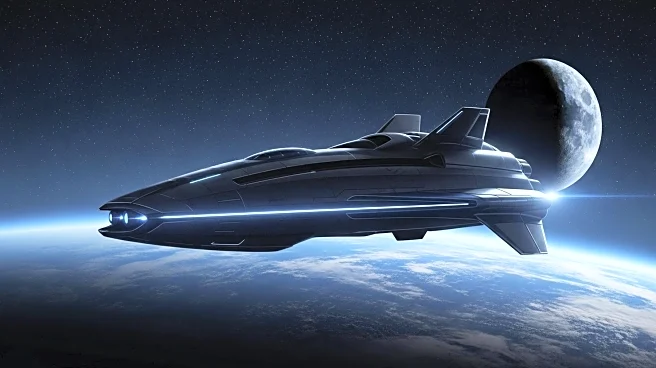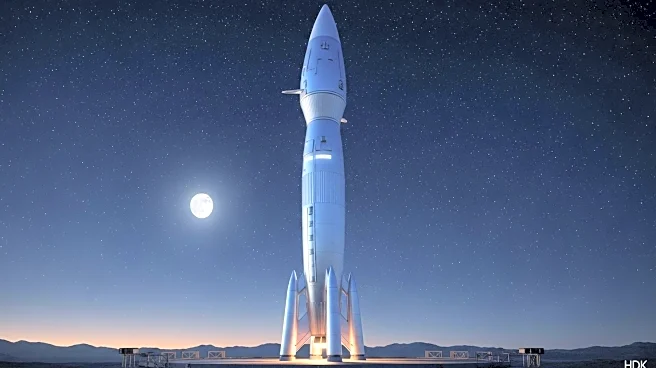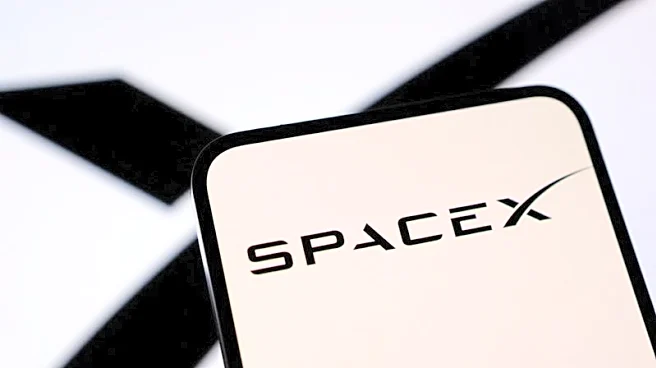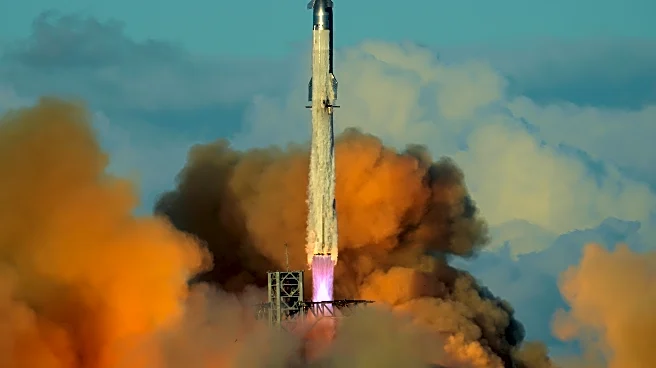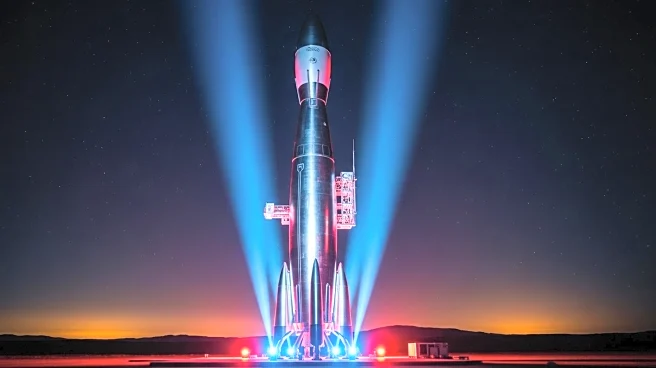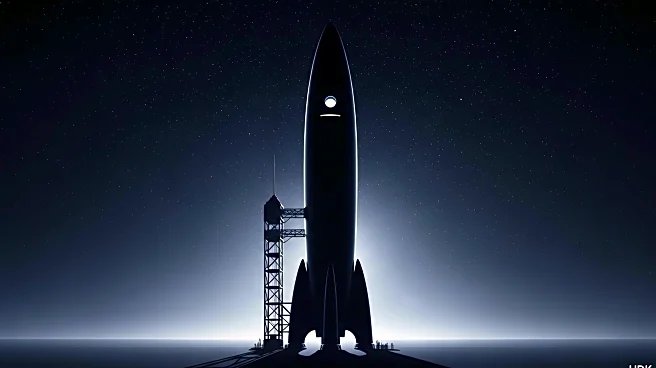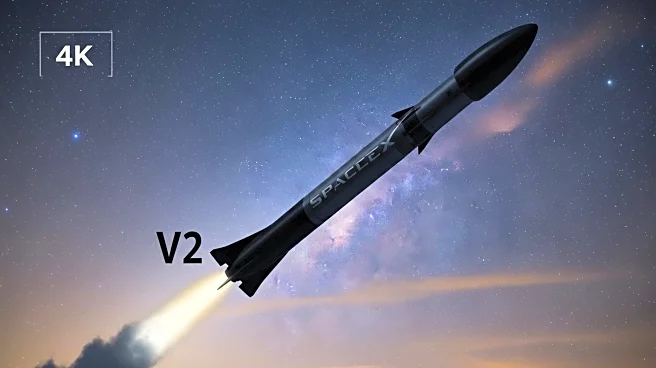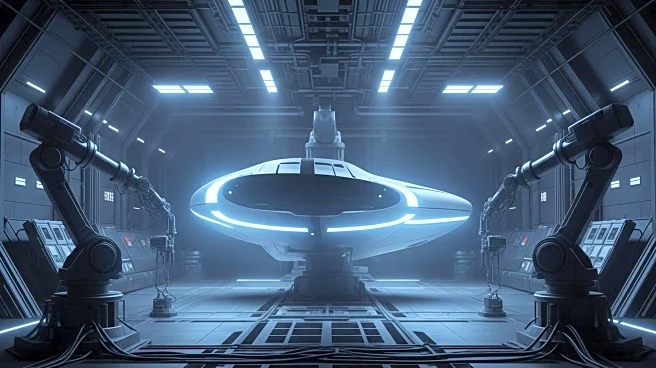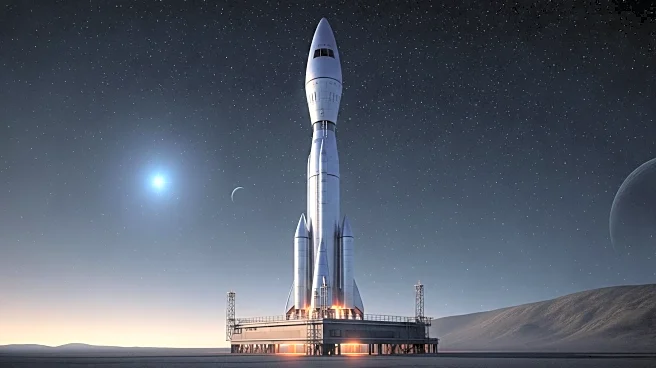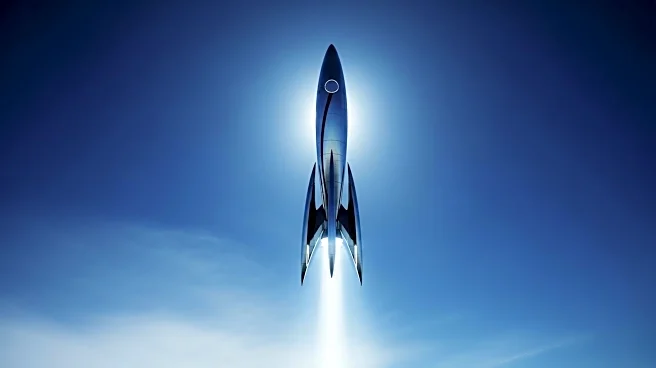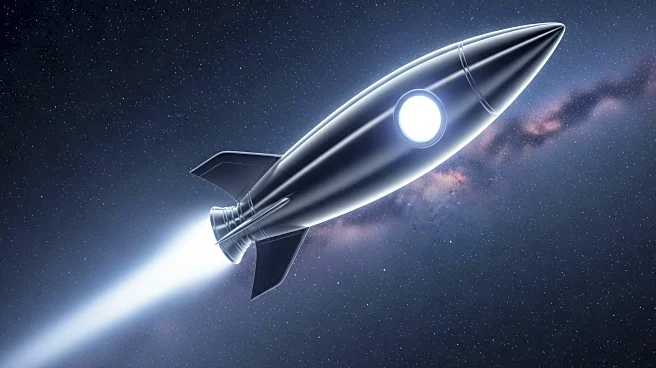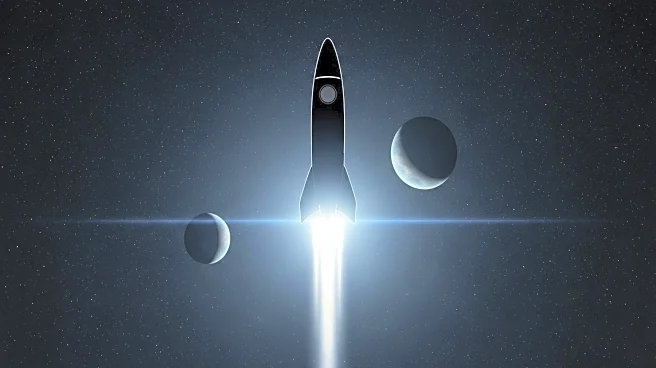What is the story about?
What's Happening?
SpaceX successfully completed the final test of its Starship V2, marking a significant milestone in its lunar mission plans. The test involved a suborbital flight from Texas, with both the Super Heavy booster and Starship upper stage achieving successful splashdowns. The mission objectives included deploying mock Starlink satellites and testing new heat-shield tiles. NASA and SpaceX celebrated the success, with Acting NASA Chief Sean Duffy highlighting the progress towards landing Americans on the Moon's south pole. SpaceX is now focusing on the next version of Starship, which will include orbital-refueling hardware.
Why It's Important?
This successful test is a major step forward for SpaceX's ambitions to support NASA's Artemis program, which aims to return humans to the Moon. The advancements in Starship technology could revolutionize space travel, offering a reusable system capable of carrying significant payloads to orbit and beyond. The collaboration between NASA and SpaceX underscores the importance of public-private partnerships in advancing space exploration. The success of this test boosts confidence in SpaceX's ability to meet the ambitious timelines set for lunar missions, potentially accelerating the pace of human exploration of the Moon and Mars.
What's Next?
SpaceX will now focus on developing the next version of Starship, which will include upgrades necessary for deep-space missions. This includes orbital-refueling capabilities, which are crucial for long-duration missions to the Moon and Mars. NASA's Artemis program relies on Starship as the crewed lunar lander, with the next major milestone being the Artemis 3 mission scheduled for 2027. SpaceX's continued progress will be closely watched by industry stakeholders and space enthusiasts, as it could redefine the economics and logistics of space travel.
AI Generated Content
Do you find this article useful?
